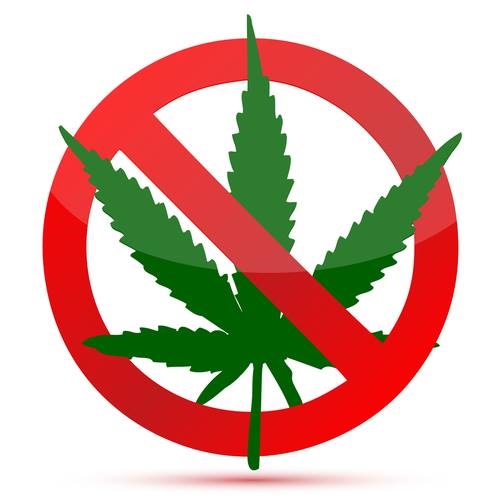Sanjay Gupta needs to be more careful about providing misleading information to the public.
By Dr. Kenneth Finn
Dr. Sanjay Gupta has been supporting the use of marijuana to curb the opioid crisis. But Gupta does not have specialty training in pain medicine, physical medicine, and rehabilitation, pain management, or anesthesia.
I have been practicing pain medicine in Colorado for 24 years and I have seen patients referred to me on very high-dose opioids, reporting very high levels of pain, and using marijuana for pain control. In discussions with these patients, and overall, more than 95 percent report that their use of marijuana does not help with their presenting pain symptoms.
I have had a rare patient who opts to taper his opioids and use marijuana instead. All of these continue to report high levels of pain.
In my clinical practice in Colorado, patients openly report sharing their medical marijuana and growing their own marijuana after their marijuana card expires. Now, with a legal layer of marijuana, people are self-diagnosing and treating their medical conditions without physician supervision.
Among drug-testing patients who are on chronic opioid therapy, it’s been my experience that those who independently (and without my knowledge) co-treat with marijuana tend to be positive for other illicit substances, which is consistent with the literature.
As it relates to the use of marijuana for pain, there is some evidence that there are components of the plant that may help in different pain conditions. It is important to understand the current evidence on pain involves only about 2,500 patients — few studies of short duration and not placebo-controlled. A National Academies of Science, Engineering and Medicine report misleadingly stated that “there is substantial evidence that cannabis is an effective treatment for chronic pain in adults.” But pain is a broad diagnosis and different types of pain will respond to different kinds of medications.
Even in their own review, they note that most of the studies on pain used nabiximols (natural, purified, controlled; Sativex), which is not available in the United States, or with synthetics (dronabinol, marinol), which would be considered “off label” use and likely not covered by insurance. Furthermore, the conditions studied were most often neuropathic pain or cancer pain.
Currently there is no available accepted medical literature showing any benefit with dispensary cannabis in common pain conditions. This was noted in the Annals of Internal Medicine in August 2017.
As it relates to curbing the opioid epidemic, marijuana simply isn't doing any such thing. The Colorado Department of Public Health and Environment has been monitoring this data over time, and 2017 was a record year for opioid deaths. The Journal of Public Health reported that opioid overdose deaths were on the decline, but did not take several things into consideration, such as lives saved through the newly widespread use of Narcan, physicians less likely to prescribe opioids, and patients becoming more reluctant to accept opioids. This also took place during a period of time when prescriptions were moving to long-acting agents and abuse-deterrent formulation.
Over time, opioid overdoses have continued to climb in Colorado, despite its 17-year-old medical marijuana program. Of greater concern in Colorado, the opioid epidemic has been morphing into a more widespread problem even as methamphetamine and cocaine are making a comeback. Altogether, this is increasing drug deaths in Colorado. I would be brave enough to suggest that yes, marijuana is a companion drug rather than a substitute, and it might even be contributing to the opioid epidemic in Colorado.
The American Journal of Psychiatry released a paper September 2017 following 33,000 people and showed that cannabis use "appears to increase rather than decrease the risk of developing nonmedical prescription opioid use and opioid use disorder." Regarding the association between cannabis use and aberrant behavior during chronic opioid therapy for chronic pain, it has been shown that patients using cannabis and opioid concurrently have a higher risk of opioid misuse.
Additionally, Evidence-Based Practice found and published in January 2017 a piece showing that people using cannabis for pain were more likely — not less — to meet criteria for substance use disorders, and more likely to be noncompliant with their prescription opioids. Even patients in with chronic pain in an interdisciplinary pain rehabilitation program may be at higher risk for substance-related negative outcomes and are more likely to report a past history of illicit substance use, alcohol use, and tobacco use.
The upshot? There is no scientific evidence at all that marijuana use is helping the opioid epidemic, and quite a bit of evidence that it is actually contributing to the opioid epidemic.
Gupta needs to be more careful about providing misleading information to the public.
Dr. Kenneth Finn is board certified in physical medicine and rehabilitation, pain medicine and pain management. He is a member of the American Academy of Physical Medicine and Rehabilitation, the American Academy of Pain Medicine, and the American Board of Pain Medicine, and an exam council member of the American Board of Pain Medicine.


